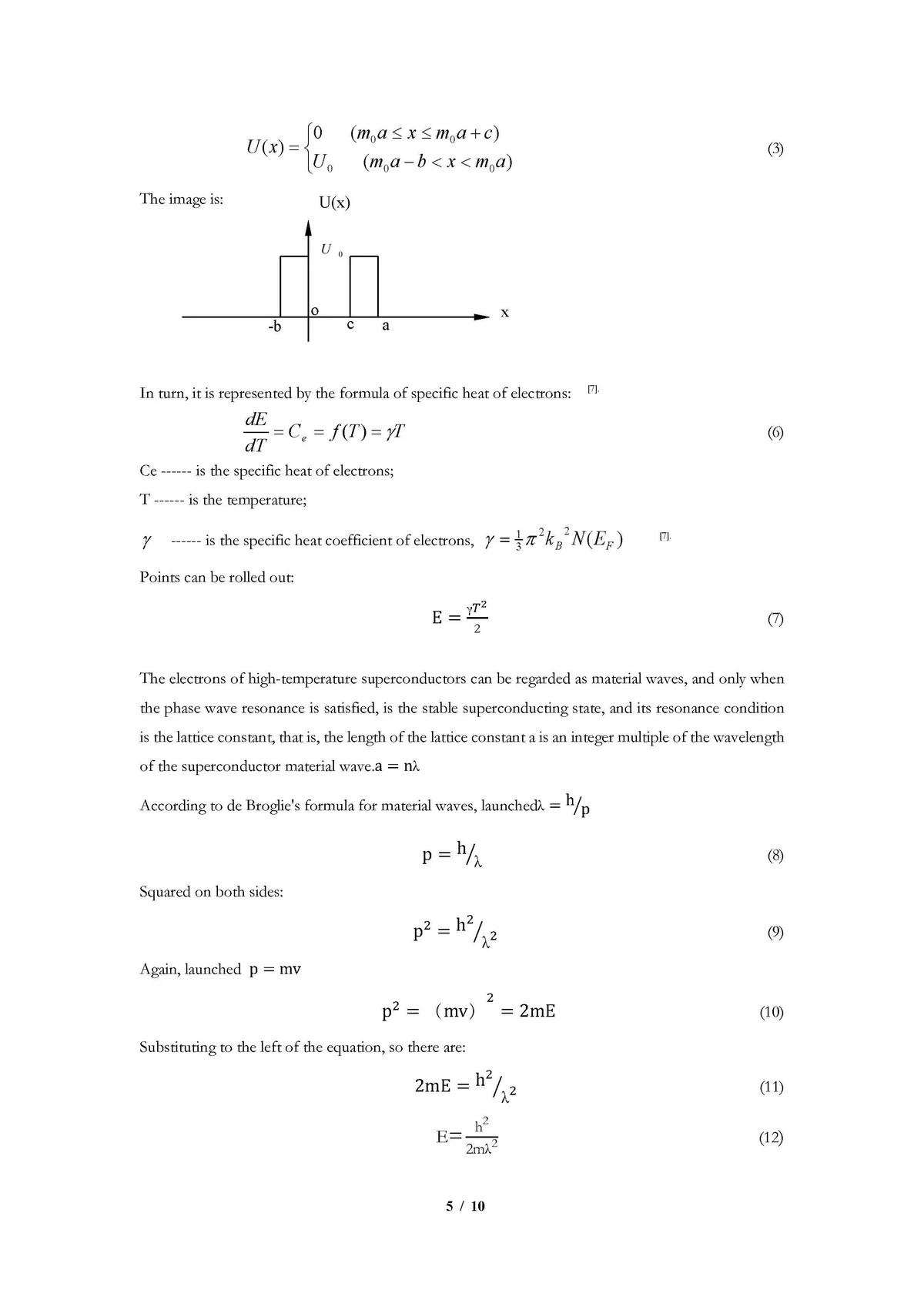

Mean reversion is one of the foundational concepts in quantitative trading and investing. This strategy relies on the theory that asset prices, over time, will tend to revert to their historical average or “mean” level. In this comprehensive mean reversion study, we will explore the theory, application, strategies, and nuances of mean reversion. Whether you’re a seasoned trader or just starting, understanding mean reversion can give you a significant edge in the financial markets.
Table of Contents
What is Mean Reversion?
Theoretical Foundation of Mean Reversion
Key Mean Reversion Strategies
3.1. Statistical Mean Reversion
3.2. Pair Trading in Mean Reversion
Why Mean Reversion is Effective in Quantitative Trading
How to Implement Mean Reversion in Trading Algorithms
Advantages and Disadvantages of Mean Reversion
Common Pitfalls in Mean Reversion
Backtesting Mean Reversion Strategies
Frequently Asked Questions (FAQs)
Conclusion
What is Mean Reversion?
Mean reversion refers to the phenomenon where asset prices tend to move towards their historical average over time. This theory is based on the idea that extreme price movements, whether up or down, are usually unsustainable, and prices will eventually revert to their long-term average or equilibrium.
For example, if the price of a stock has risen significantly above its historical average, the theory of mean reversion suggests that the stock’s price will likely decrease to return to that average. Conversely, if the stock’s price has dropped well below its mean, it is expected to rise back towards the average.
This principle is widely used in both quantitative trading and technical analysis and is a critical concept for mean reversion trading strategies.
Theoretical Foundation of Mean Reversion
The concept of mean reversion originates from statistical theory, particularly time series analysis. The theory assumes that over time, prices will oscillate around a stable average level, and any significant deviations from that level are temporary.
2.1. The Law of Large Numbers
One of the underlying theories that support mean reversion is the law of large numbers. This law states that as more observations are made, the average of the observed values will converge to the expected value. In financial markets, this implies that while prices may fluctuate in the short term, over the long term, they will revert to an equilibrium price.
2.2. Stationarity
Stationarity refers to the property of a time series where the statistical properties (mean, variance, autocorrelation) remain constant over time. For mean reversion to hold true, the price series should ideally be stationary, meaning that the asset’s price fluctuations are predictable and tend to revert to a central mean over time.
Key Mean Reversion Strategies
There are several popular strategies used by traders and investors to capitalize on mean reversion. Below, we will discuss the two primary approaches that are commonly used in quantitative trading.
3.1. Statistical Mean Reversion
Statistical mean reversion is the most common form of mean reversion used in quantitative trading. It involves identifying statistical measures like the moving average, standard deviation, or Bollinger Bands to spot extreme price movements.
Key Steps:
Calculate the Moving Average: Traders calculate the short-term and long-term moving averages to assess price deviations.
Identify Overbought or Oversold Conditions: Using statistical measures, traders identify whether an asset is overbought (above its moving average) or oversold (below its moving average).
Set Entry and Exit Rules: When an asset deviates significantly from its mean, the trader enters a position betting that the price will revert to the mean.
Advantages:
Simple to Implement: Using moving averages and standard deviations makes this strategy easy to implement.
Effective in Sideways Markets: The strategy works well in range-bound or sideways markets, where prices tend to oscillate around an average.
Disadvantages:
False Signals: This strategy can give false signals during strong trending markets, where prices might not revert to the mean.
Lagging Indicator: Moving averages are lagging indicators, and by the time a signal appears, the price may have already reversed.
3.2. Pair Trading in Mean Reversion
Pair trading involves trading two correlated assets. The strategy involves taking long and short positions on two highly correlated assets when their price relationship deviates from the mean. The trader expects the spread between the two assets to revert to its historical mean.
Key Steps:
Identify a Pair of Correlated Assets: This can be two stocks in the same industry or a stock and its corresponding index.
Monitor the Spread: Track the difference in price or returns between the two assets.
Enter Trades: When the spread widens beyond a threshold, the trader takes opposing positions (long on the underperforming asset and short on the outperforming one).
Advantages:
Market Neutral: Pair trading is considered a market-neutral strategy because it is not directly affected by market direction.
Reduced Risk: By trading two correlated assets, the trader can reduce idiosyncratic risk.
Disadvantages:
Correlation Breakdown: The correlation between assets may weaken, leading to losses.
Complexity: This strategy requires a more detailed analysis and monitoring of asset pairs.
Why Mean Reversion is Effective in Quantitative Trading
Mean reversion is effective in quantitative trading because it provides a clear, statistically-based way to predict price movements. Quantitative traders can use algorithms to identify mean reversion opportunities across multiple markets simultaneously, making it possible to implement automated trading strategies that react faster than manual trading.
Additionally, mean reversion works well in stable, mature markets where price extremes are more likely to revert to the mean. In volatile markets, however, the effectiveness of mean reversion strategies can diminish.
How to Implement Mean Reversion in Trading Algorithms
Implementing mean reversion in trading algorithms involves the following steps:
Data Collection: Gather historical price data for the asset you want to trade.
Define Statistical Parameters: Choose statistical tools such as moving averages, standard deviations, or Bollinger Bands to define entry and exit points.
Create the Algorithm: Develop the algorithm that monitors the price deviations and places trades when a reversal is expected.
Backtest: Backtest the algorithm using historical data to assess its profitability and reliability.
Optimization: Optimize the algorithm by adjusting parameters like moving average windows and trade size.
Advantages and Disadvantages of Mean Reversion
Advantages:
Clear Entry and Exit Signals: Mean reversion provides clear signals for entering and exiting trades based on statistical analysis.
Works Well in Sideways Markets: This strategy is highly effective in markets that are not trending strongly in any direction.
Backtesting Feasibility: The strategy can be backtested effectively using historical price data, allowing traders to refine and validate their approach.
Disadvantages:
Trend Reversal Risk: In trending markets, mean reversion can be unreliable as prices may continue in a strong trend without reverting.
Slow Returns: Mean reversion strategies often provide slower returns compared to momentum-based strategies, especially during periods of market growth.
Common Pitfalls in Mean Reversion
Assuming Constant Mean: One of the most common mistakes is assuming that the mean is constant. Economic conditions, interest rates, and other factors can shift the equilibrium, rendering past averages less reliable.
Overfitting: Overfitting a mean reversion model to historical data can lead to poor performance in real market conditions.
Ignoring Volatility: High volatility can cause asset prices to deviate significantly from their mean, making mean reversion strategies ineffective in highly volatile environments.
Backtesting Mean Reversion Strategies
Backtesting is an essential step in implementing any mean reversion strategy. It allows traders to simulate trades using historical data and assess the effectiveness of the strategy before risking real capital.
Key Backtesting Steps:
Gather Historical Data: Collect past price data for the asset you want to test.
Apply the Strategy: Use the historical data to apply your mean reversion strategy and track its performance.
Evaluate the Results: Assess metrics such as profitability, drawdowns, and win/loss ratios to determine the effectiveness of the strategy.
Frequently Asked Questions (FAQs)
- How does mean reversion work in quantitative trading?
Mean reversion works in quantitative trading by identifying price deviations from a long-term average and capitalizing on the expectation that prices will revert to their mean over time. Algorithms are used to execute trades when these deviations occur.
- Why does mean reversion fail sometimes?
Mean reversion can fail when the market is in a strong trend, as prices may continue to move away from the mean. Additionally, changes in market conditions can alter the equilibrium price, making historical averages less reliable.
3.

0 Comments
Leave a Comment